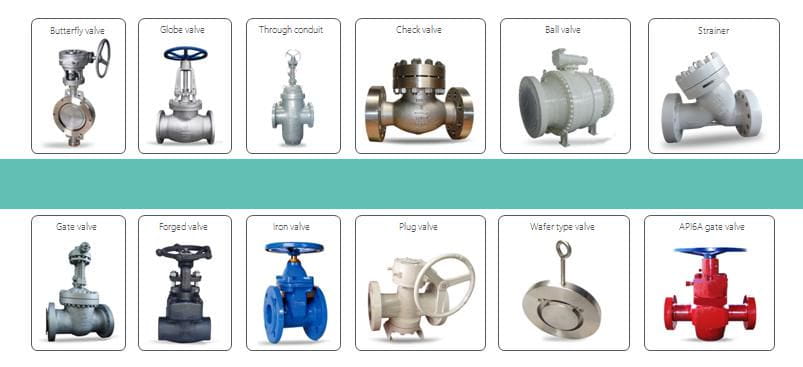What’s A Slam on Check Valves and What to Do with It
Check valve has a simple structure. The valves don't require electric power to drive, nor do they need much attention. When the medium goes through, the disc of the valve will be pushed up to open the valve. When the flow stops to break off its support to the disc, the disc will fall down and close the valve automatically. But one thing should be noted, the slam, or the water hammer, which occurs during the process.
What causes the slam?
The check valve closes completely by gravity or back flow. Generally speaking, a check valve basically only closes when the pump stops, such as during a power outage. When the pump stops, as the fluid is incompressible, gravity and reverse flow will lead to an abrupt close, thus generate a pressure or shock wave (water hammer). The fluid continues to flow back and forth in the pipe until the friction is high enough for the fluid to stop fluctuating.
Severe water hammer can cause severe pressure fluctuations in the system, which can disrupt pipes and damage the equipment. Some believe that it is inevitable to happen with check valves. "They'll produce water hammer anyway." But that's not the case. On the whole, the real cause of these problems isn't the type of the valve itself; instead, it is the improper sizing and selection that result in this.
Minimize adverse impact through proper sizing.
By and large, check valves are selected based on the size of the pipe and the desired maximum CV (CV represents the "flow coefficient" of the valve and indicates the flow capacity of the valve). Surely you want to be able to get as much liquid as possible through the valve. That does make sense, as you cannot completely ignores the fact that flow condition also determines the internal performance of the check valve when the disc is right in the direct flow path. That is to say, if there is not enough flow to keep the valve fully open as the disc reaches the ceiling of the check valve, the disc will move up and down, resulting in premature wear, potential failure, and a higher pressure drop.
For proper check valve selection, consider the following:
Line sizing.
Application data (fluid characteristics, including temperature and pressure).
Seat type.
Installation (horizontal or vertical).
End connection.
Valve rating.
Material compatibility with the medium.
Envelope dimensions.
Leakage requirements.
Selecting a valve of the proper size will have an impact on the amount of water hammer felt by the piping system.
Dervos main products include ball valves, butterfly valves, check valves, gate valves, globe valves, and plug valves in different materials, sizes, standards and types as per clients' requests.
